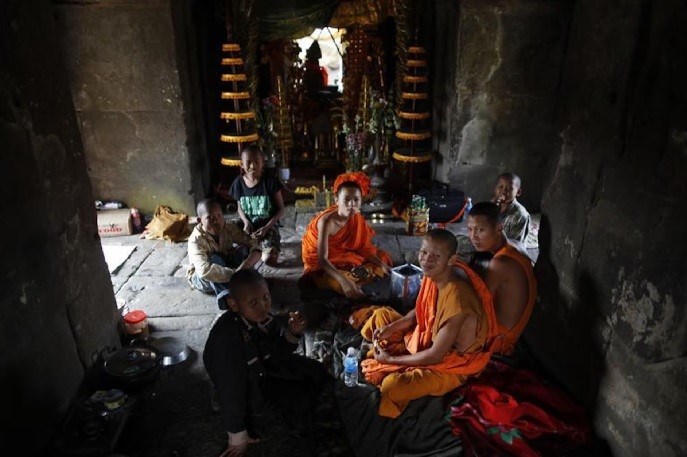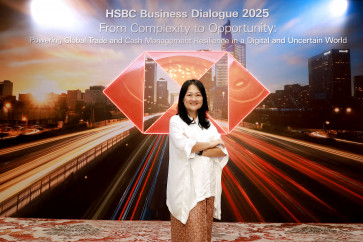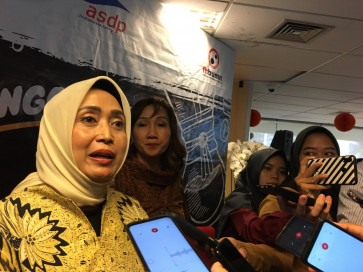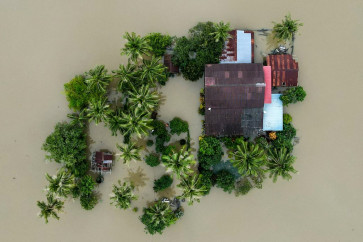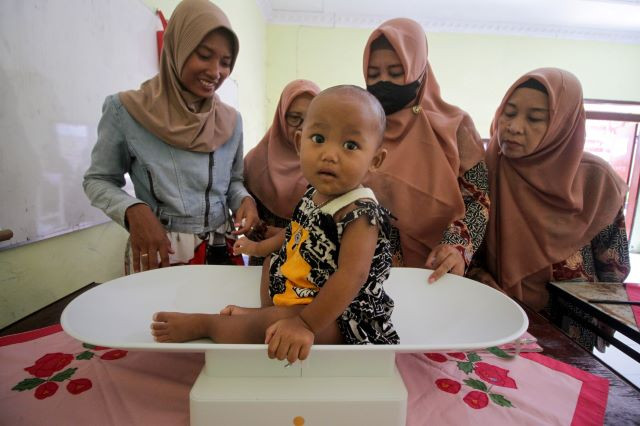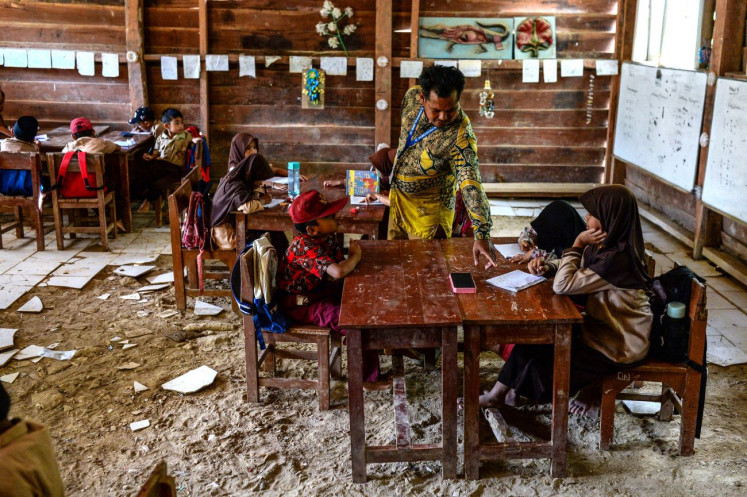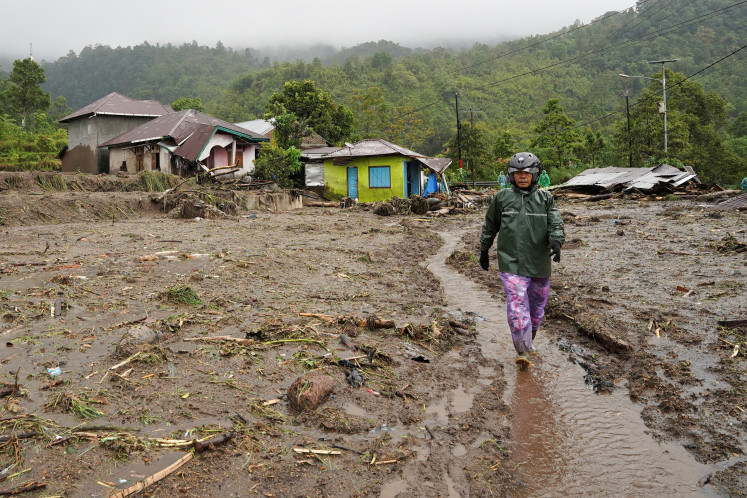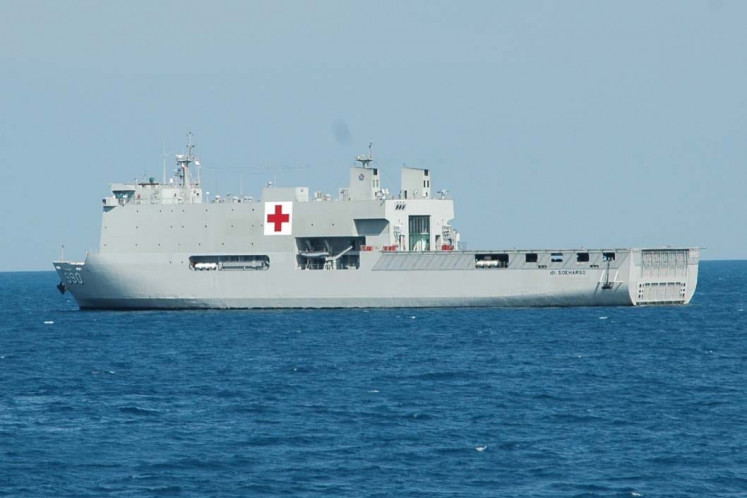Popular Reads
Top Results
Can't find what you're looking for?
View all search resultsPopular Reads
Top Results
Can't find what you're looking for?
View all search resultsWhy the ARF cannot intervene in the Thai-Cambodian dispute
The ARF functions as a dialogue platform for confidence-building and preventive diplomacy, not as an adjudicator or crisis manager in emotionally charged bilateral rows.
Change text size
Gift Premium Articles
to Anyone
T
ensions are again flaring along the Thai-Cambodian border. Leaked audio recordings, a sharp spike in nationalist rhetoric, tit-for-tat trade bans, and military deployments have reignited a longstanding territorial dispute laden with emotion and historical trauma.
Yet, despite the gravity of this crisis, the ASEAN Regional Forum (ARF), Southeast Asia’s premier multilateral security platform, cannot and must not intervene directly, even though this issue could impinge on the upcoming ARC on July 9-11 in Kuala Lumpur.
To the casual observer, the ARF’s restraint may appear as diplomatic negligence or indecision. In reality, it reflects a careful and historically grounded adherence to ASEAN’s foundational principles, particularly the doctrine of nonintervention. Moreover, the nature of this Thai-Cambodian conflict, symbolic, dynastic and lacking strategic or economic incentives, ensures that great powers will remain on the sidelines, offering platitudes but little involvement.
This dispute must be understood for what it is: A historically embedded standoff that neither ASEAN nor outside powers can solve without risking the very stability they seek to protect.
ASEAN was not built to solve conflicts through coercive diplomacy. Instead, it was built to prevent conflicts from spiraling into wars by maintaining space for dialogue among unequal but sovereign states. The 1976 Treaty of Amity and Cooperation in Southeast Asia enshrines nonintervention as a cornerstone of this diplomatic architecture. In practical terms, this means no member state, or ASEAN body, can take sides in another’s domestic or bilateral dispute.
The ARF, established in 1994, inherits this political DNA. It functions as a dialogue platform for confidence-building and preventive diplomacy, not as an adjudicator or crisis manager in emotionally charged bilateral rows. To breach this long-standing norm would be to risk ASEAN’s internal cohesion. For countries like Thailand and Cambodia, already steeped in mutual suspicion, any perceived bias, no matter how subtle, could undermine the ARF’s credibility and ASEAN’s unity.
The current tension is not merely a cartographic dispute, it is a dynastic conflict wrapped in the language of nationalism.
In Thailand, Prime Minister Paetongtarn Shinawatra has inherited not just a political legacy, but a deeply polarized electorate. Once polling at 36 percent, her support has now plummeted to below 9 percent. One of her coalition partners has exited her fragile government. And more strikingly, her father, former prime minister Thaksin Shinawatra, has remained aloof from her predicament.
This silence underscores Paetongtarn’s political isolation and suggests a growing perception among Thailand’s elite that her leadership is untenable. Her precarious position weakens her capacity to manage a border dispute with a deeply entrenched rival.
That rival is Hun Sen, now President of Cambodia’s Senate, who remains the commanding force behind the Cambodian People’s Party. Having ruled Cambodia for nearly four decades, Hun Sen has orchestrated a dynastic succession while retaining de facto control.
Thus, what appears to be a national dispute is in fact a dynastic one, with each side using historical memory and nationalist sentiment to bolster internal legitimacy. These are the types of conflicts that regional institutions like the ARF are neither equipped nor mandated to resolve.
The ARF was created during a window of strategic optimism following the Cold War. Its purpose was to bring together ASEAN states and their dialogue partners, China, the United States, Japan, Australia and others, to engage in preventive diplomacy, promote transparency and address transregional challenges such as maritime security, disaster relief, terrorism and arms proliferation.
The Thai-Cambodian dispute over the Preah Vihear Temple, for instance, was adjudicated by the International Court of Justice (ICJ) in 1962, which ruled in favor of Cambodia. Yet that ruling remains rejected by powerful factions in Thailand, especially among its nationalist elites.
In an increasingly multipolar world where major powers like the US and China are eager to assert influence across the Indo-Pacific, their silence on the Thai-Cambodian conflict is striking, but not surprising. The reason is strategic disinterest.
Unlike other hotspots in the region, such as the East China Sea or the South China Sea, the contested Thai-Cambodian areas are not located along vital sea lanes or military choke points. They contain no rare earths, fossil fuels or critical minerals.
There are no semiconductor factories, no global data cables and no infrastructure assets tied to supply chain resilience. In short, nothing in the disputed zones affects the strategic calculus or industrial competitiveness of the world’s major economies.
Even China, which has heavily invested in Cambodia under the Belt and Road Initiative, has shown no inclination to intervene. Its stakes in Cambodia are largely concentrated in the capital Phnom Penh, the coastal hub of Sihanoukville, and the Mekong region.
As for the US, it maintains a formal alliance with Thailand through the 1954 Manila Pact and subsequent defense arrangements, including annual Cobra Gold military exercises. The US, however, has little to gain by inserting itself into a symbolic clash between a troubled Thai administration and an entrenched Cambodian leadership. With far more pressing concerns in Ukraine, the Middle East and its strategic competition with China, Washington’s interests lie elsewhere.
Conflicts such as this one are not transactional, they are not amenable to quick-fix diplomacy or material incentives. They revolve around temples, territorial memory and national humiliation. Compromise is not seen as pragmatism, but betrayal. This is precisely why such disputes tend to simmer for decades. Their resolution requires shifts in national identity narratives, generational changes in leadership and political will that external actors cannot manufacture.
Any attempt by ASEAN, the ARF or external powers to insert themselves too forcefully risks being perceived as an attack on sovereignty or cultural dignity, especially by publics already attuned to anti-foreign sentiment.
The ARF’s apparent inaction should not be mistaken for apathy. It is a conscious choice rooted in institutional logic, regional norms and the political realities of member states. It is not designed to adjudicate, impose or police. Its purpose is to convene, de-escalate and insulate the region from broader contagion.
In this context, restraint is not weakness, it is prudence. The Thai-Cambodian border may be the most visible point of tension in mainland Southeast Asia today, but it is also a uniquely unsuitable space for external intervention.
What ASEAN and the ARF can do is watch carefully, encourage bilateral de-escalation where possible and ensure that the tensions do not spill into broader regional instability.
***
The writer is a professor of ASEAN Studies at International Islamic University Malaysia and a Cambridge Commonwealth fellow.

